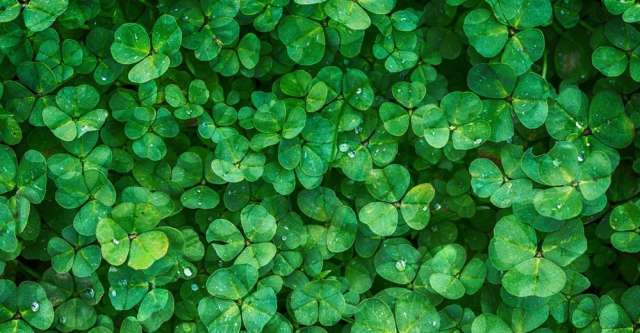Alton, Mo. – St. Patrick’s Day is held on March 17 every year. This holiday is known for green, shamrocks, corned beef and cabbage, pots of gold, and leprechauns.
Facts
On St. Patrick’s Day, people wear some type of green clothing and eat corned beef and cabbage. The color blue was connected to St. Patrick’s Day, but now green is associated with it. The first St. Patrick’s Day parade was held in New York City, New York, in 1762. [1] One of the Irish traditions for this holiday is pinching someone who isn’t wearing green. People also wear shamrock lapels on their clothes.
There is also the leprechaun, an Irish fairy. He’s dressed like a shoemaker with pointed shoes, a hat, and a leather apron. [2] If someone catches a leprechaun, the leprechaun is supposed to tell where his pot of gold is. But if the person looks away from the leprechaun, it will disappear, and you won’t get the treasure.
There are many parades held on March 17 for this holiday. Some of the cities are as follows: New York City, Boston, and Chicago, as well as many other larger and smaller cities. For Chicago’s parade, the city dyes Chicago River green. The city uses about 40 tons of green dye, which lasts a couple of hours.
History
This celebration is named after St. Patrick, a missionary to the Irish in the early years. Patrick used the shamrock, a three-leafed clover, as a demonstration to the Irish people as the Holy Trinity. When he died on March 17, 461 A.D., people named it St. Patrick’s Day and celebrated it every year afterward. The Irish people brought it to the United States in the early 18th century. St. Patrick’s Day grew in popularity, and the United States had the first St. Patrick’s Day parade in 1762.
Notes:
- ^“7 Random Facts About St. Patrick’s Day.” WRIF Rocks Detroit, 9 Mar. 2020, . (go back ↩)
- ^“Saint Patrick’s Day 2019 Facts, Worksheets & Information For Kids.” KidsKonnect, 10 Mar. 2019, . (go back ↩)

